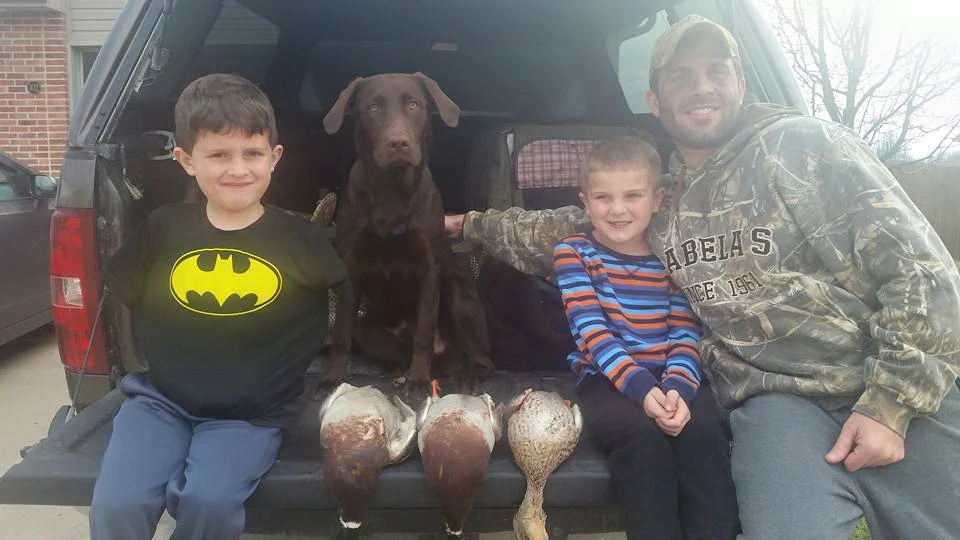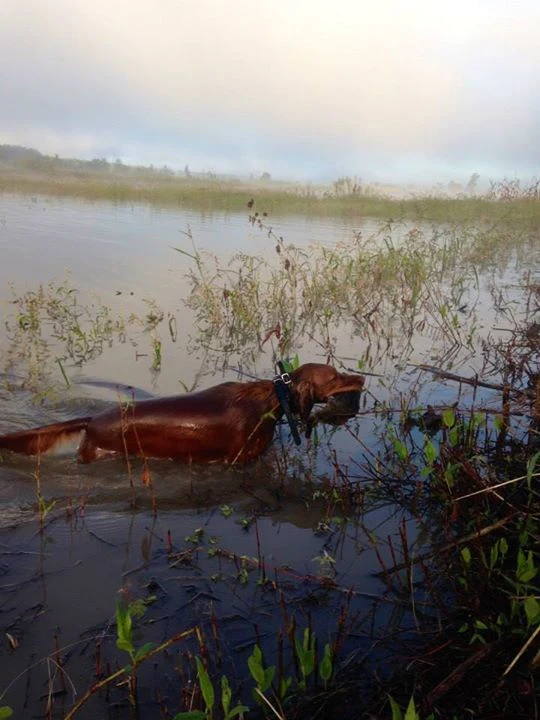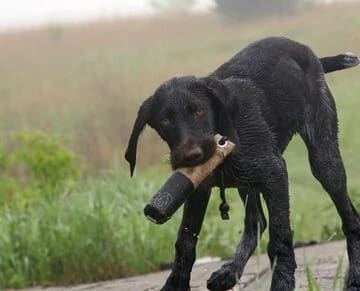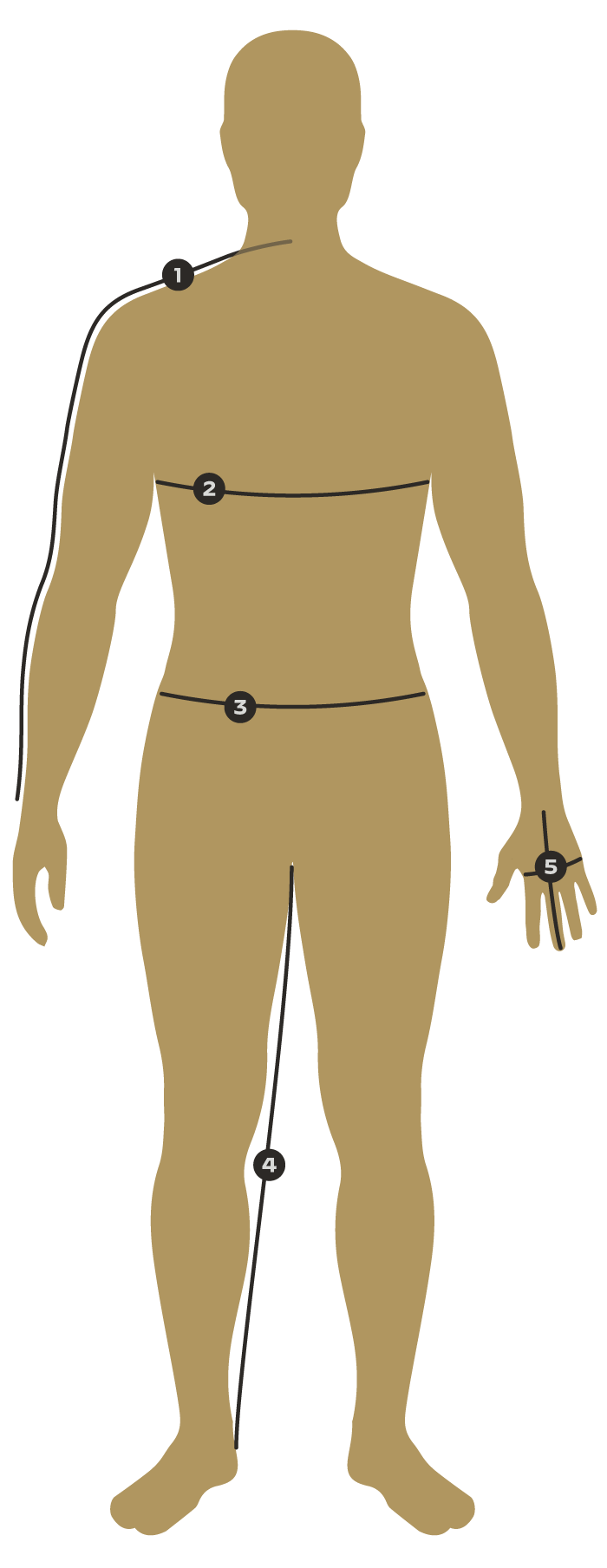Keep your Duck Dog in Peak Condition With These Retriever Tips and Tactics
The offseason can be a really tough time for waterfowl hunters. The lack of ducks and geese in the air, the warm temperatures and the sight of green grass can sometimes send a duck or goose hunter into downward spiral ending in a bad case of waterfowl hunting withdrawal. Well believe it or not, as difficult as it may be for the hunter to handle the absence of cold north winds and the sight of greenheads cupped in the spread, it is just as difficult for his favorite hunting partner to handle as well. Keeping your duck dog in peak condition during the off season is a must! These retriever tips and tactics will go a long way in keeping your waterfowl dog in peak physical shape come fall! No matter the breed, if your retriever was born with the instinct to hunt and retrieve, then chances are they will be a hunter for life. Their number one desire in life is to hunt, retrieve, and please their owner. Just like you, they live for time in the marsh and being exposed to the elements. So like you, the offseason can be a lot less stimulating and in some cases a lot harder on a retriever than even the coldest of December days. Luckily, there are some simple things that you can do as a dog owner that will not only keep your retriever in tip top shape, but can also help their performance in the field and strengthen their bond with you.

Retriever Tips and Tactics 1: Activity is Key
As every duck hunter or goose hunter knows, the sport of waterfowl hunting is both mentally and physically demanding. Long days in the field, compounded by unpredictable and adverse weather conditions can really take a toll on both the hunter and the duck dog. The hardest thing for a retriever to do is to go straight from a lethargic lifestyle right into full bore hunting mode. You wouldn’t want someone to ask you to go from sitting on the couch for four months, to running a marathon and you shouldn’t expect the same from your retriever! The offseason provides waterfowl hunters and their retrievers the opportunity to spend plenty of time in the outdoors in favorable weather conditions. This is very important for both you and your retriever. Staying active during the offseason and ensuring that your favorite hunting partner receives plenty of exercise is not only critical to their overall health and stamina, but the constant exercise also increase the longevity of the retrievers hunting career. This fact only should motivate every dog owner to make an effort to spend plenty of time working their favorite hunting partner during the offseason. While it is important that your retriever receive plenty of exercise during the offseason, be sure to truly “work” your retriever. While taking long walks is always a good thing, be sure to allow your dog plenty of opportunity to spend time in the water. This will ensure that they have a strong stamina and increase their energy level. The offseason is an excellent time to continue to develop and hone their retrieving skills, and using a retrieving dummy in a wide range of situations is an excellent way to do just that. When completing a retrieving exercise, look for areas that will challenge your dog. While swimming is important, look for opportunities to work in obstacles such as vegetation that will use their nose and work to retrieve the dummy. This may seem a little tough on your retriever, however, these exercise will help during the hunting season, especially in situations where dense vegetation, mud and even ice might be a factor. Spending thirty minutes to an hour with your retriever each day during the offseason will not only make them a better duck dog, but will ensure their endurance, stamina and drive are in peak condition come opening day.

Retrieving Tips and Tactics 2: Diet
Much like humans, both diet and exercise are critically important to your retriever’s health and wellbeing. While we all have our guilty pleasure, most of us probably pay close attention to what we put in our fuel tanks, and the same should be said for your retriever. One of the easiest things you can do to improve the overall health, strength and stamina of your retriever is to ensure that they are maintaining a proper diet, and receiving the vitamins, minerals and protein they need to keep them performing at a high level. What many waterfowl hunting dog owners tend to forget is that much like humans, your retrievers nutritional needs will change over time. As your dog ages, they may require foods that are higher in protein and other minerals verse a younger animal. One of the easiest ways to determine where your retriever falls out on the scale of nutrition is to simply go to your local veterinarian. Your local vet can quickly tell you which blend and brand of food they fell would serve your dog the best, given their age and activity level. The offseason provides waterfowl hunters and their retriever the opportunity to take a pulse check on where they are in terms of their health and nutrition and affords them the time to make a change. Making a change in your hunting dog’s diet during the off season months ensure that they have plenty of time to reap the full benefits of a more balanced nutritional plan, and will hopefully have all cylinders firing effectively and efficiently come opening day. Keeping your duck dog in top shape during the offseason is one of the most important retriever tips and tactics to truly take note of. It can simply require a little time and effort on the part of the pet owner. Complacently can be a killer when it comes to preparing for the upcoming waterfowl season. Do not make the mistake of being a complacent dog owner and ensure that your retrieve is ready to go come opening day!

